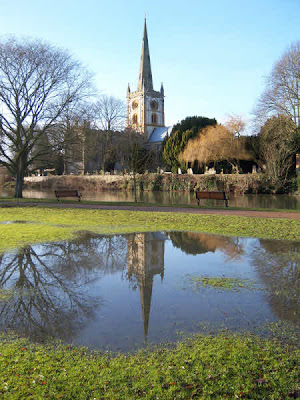Il presente progressivo si forma con il presente di to be + la forma in -ing del verbo.
Es. verbo to work:
- Forma affermativa
I am working
you are working
he/she/it is working
we are working
you are working
they are working
- Forma negativa
I'm not working
you aren't working
he/she/it isn't working
we aren't working
you aren't working
they aren't working
- Forma interrogativa
Am I working?
are you working?
is he/she/it working?
are we working?
are you working?
are they working?
- Forma interrogativo-negativa
Aren't I working?
aren't you working?
isn't he/she/it working?
aren't we working?
aren't you working?
aren't they working?
Le risposte brevi si formano con l'ausiliare to be: Are you reading? Yes, I am / No, I'm not.
Il presente progressivo si usa per descrivere un'azione in corso di svolgimento al momento attuale (now, at the moment...) o in un periodo di tempo presente circoscritto (in this period, these days...).
- What are you doing? (Cosa fai/stai facendo?)
- I'm reading a book. (Leggo/sto leggendo un libro)
Regola pratica: si usa il presente progressivo tutte le volte che in italiano il presente può essere sostituito dalla forma progressiva.
- I'm having a great time these days. (In questo periodo mi diverto/mi sto divertendo moltissimo)
Note:
Il presente semplice è usato in inglese per esprimere azioni abituali (usually, every day, always, often...) o realtà sempre presenti. Non è usato di norma per parlare di qualcosa che sta avvenendo.
- What do you do? (Cosa fai -di solito-?/Che lavoro fai?)
- What are you doing? (Cosa fai -in questo momento, in questo periodo-?/Cosa stai facendo?)
La forma progressiva è usata solo con verbi che esprimono un'azione. Non si usa perciò con i verbi che esprimono volontà (to want = volere), opinione o stato mentale (to know = sapere, conoscere; to like = piacere) o percezione involontaria (to hear = udire; to see = vedere). Con i verbi di percezione involontaria si usa spesso can: Can you see...? (Vedi/Riesci a vedere?...); I can't hear you (Non ti sento/Non riesco a sentirti).
Regola pratica: si usa il presente progressivo tutte le volte che in italiano il presente può essere sostituito dalla forma progressiva.
- I'm having a great time these days. (In questo periodo mi diverto/mi sto divertendo moltissimo)
Note:
Il presente semplice è usato in inglese per esprimere azioni abituali (usually, every day, always, often...) o realtà sempre presenti. Non è usato di norma per parlare di qualcosa che sta avvenendo.
- What do you do? (Cosa fai -di solito-?/Che lavoro fai?)
- What are you doing? (Cosa fai -in questo momento, in questo periodo-?/Cosa stai facendo?)
La forma progressiva è usata solo con verbi che esprimono un'azione. Non si usa perciò con i verbi che esprimono volontà (to want = volere), opinione o stato mentale (to know = sapere, conoscere; to like = piacere) o percezione involontaria (to hear = udire; to see = vedere). Con i verbi di percezione involontaria si usa spesso can: Can you see...? (Vedi/Riesci a vedere?...); I can't hear you (Non ti sento/Non riesco a sentirti).








.jpg)













